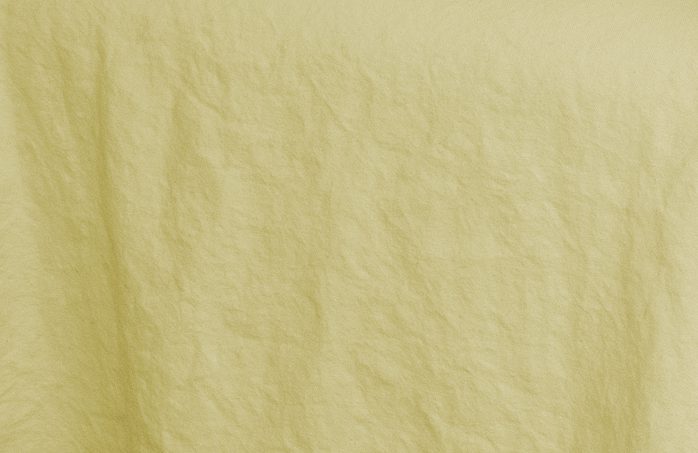
First, let me describe what I mean by “wrinkles” and “softened fabric”.
Wrinkles are deep grooved folds as a result of washing and drying, being folded in packing or wear. On the other hand, softened fabric has a uniform, rumply texture also from machine washing and drying but without noticeable grooved creases.
Pressing with a hot iron and steam will remove any texture from washing and flatten most wrinkles in the fabric. Pressing makes seam, gather and pleat edges knife sharp. It will give both linens and cottons a crisp, smooth look.
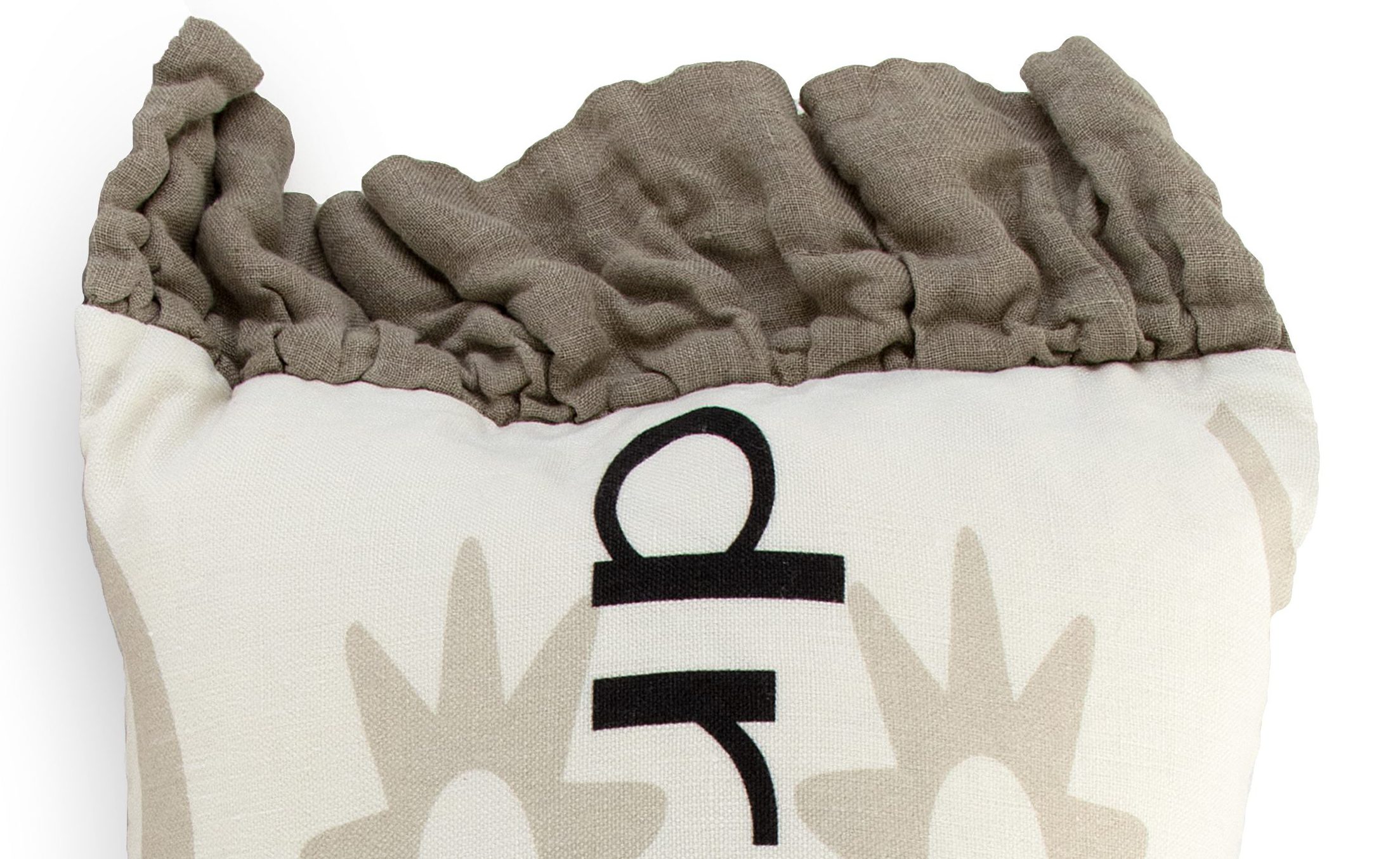
Linen wrinkles.
One of the most common complaints about linen is that it easily wrinkles–and I don’t mean the soft, subtle kind. You can immediately recognize a linen shirt or suit by the deep succession of folds and creases in the elbow and waist areas from sitting at a desk for a short period of time. So why fight it? I say leave it soft and rumply from the start. If you are actually using your linen items and not hanging them on a wall, wash your linen, stop ironing it flat and embrace the rumples. The benefits of using such a wonderful fabric in an informal manner far outweigh the aesthetics achieved trying to control and overpower the natural physics of flax.
I have used many methods to remove wrinkles from my washed linens and cottons. These are some suggestions.
Linen and cotton that has been folded in packing or storage with little or no hard creases can be smoothed using the dryer. This is a great method if you are trying to smooth a large item such as a sofa slipcover which can be difficult to manage on a standard ironing board. Dry the item in a hot dryer with a few dryer tissues for about 20 minutes. Immediately remove and place the item on the furniture or pillow insert while still very warm. Do not let the item sit in a heap (or cool down in the dryer) as this will add wrinkles.
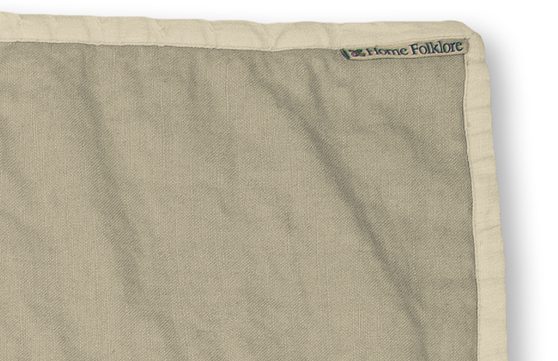 The same applies to linen and cotton that has been washed. After washing, pull the item from the dryer while still slightly damp. The trick is to apply it to the furniture directly out of a tumbling dryer. Just be sure to apply the item as soon as it is cool enough to handle and let it dry completely on the furniture, pillow insert etc.
The same applies to linen and cotton that has been washed. After washing, pull the item from the dryer while still slightly damp. The trick is to apply it to the furniture directly out of a tumbling dryer. Just be sure to apply the item as soon as it is cool enough to handle and let it dry completely on the furniture, pillow insert etc.
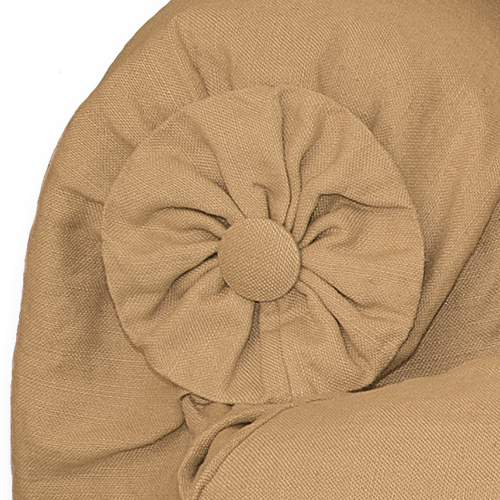
Using a dryer can remove most of the wrinkles from the fabric. Creases that aren’t removed have to be pressed or steamed out. A hand steamer can remove deep creases with the added convenience of removing them while the item is fitted to the furniture.
If you don’t have a steamer, a good old fashioned iron is the next best solution. Always try to press out creases with the item still slightly damp from the dryer. Use a hot steam iron fitted with a clean Teflon shoe and an ironing board with a clean Teflon cover. Make sure your iron and ironing board are spotless because any stains on either could transfer to the hot, damp fabric. Always press on the wrong side of the fabric. You don’t have to “dry” the fabric with the iron. Just press until the creases are smoothed. Then immediately apply the item to the furniture or pillow insert and let it dry completely in place.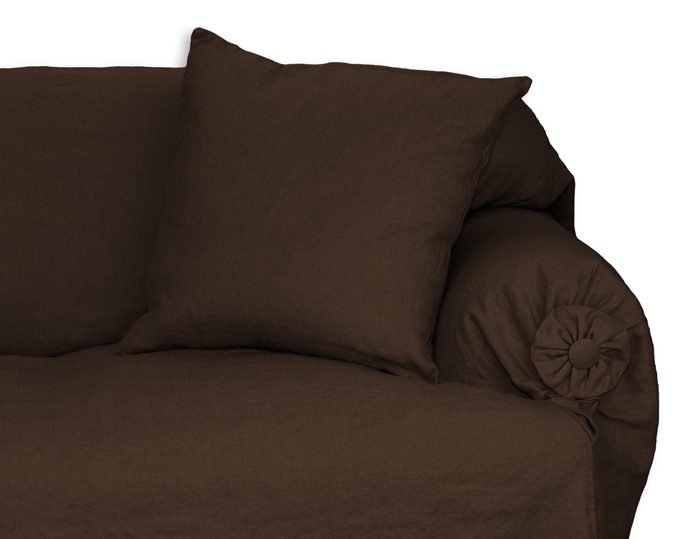
To give your item a sharp, fully pressed look, you will need to assess your press equipment and skills if you want to do this task yourself. Most home irons are not hot or heavy enough to achieve a smooth press on linen. If you cannot achieve the press you want with your own equipment, I suggest that you have the item professionally dry cleaned and pressed.
